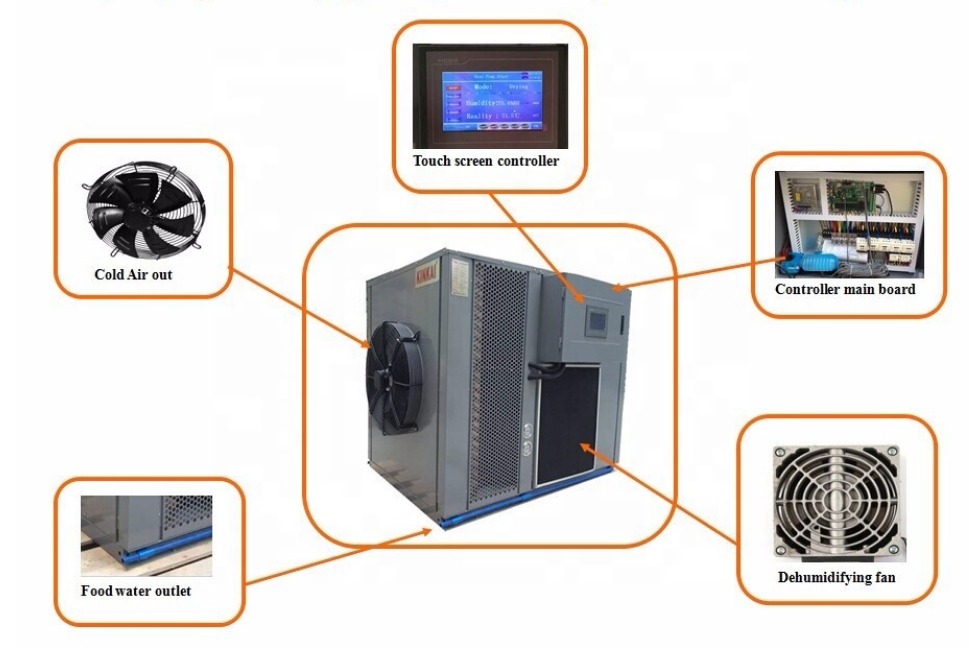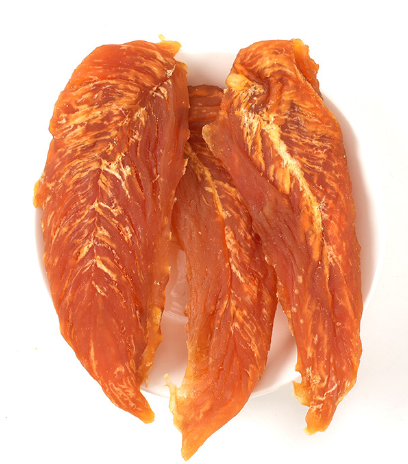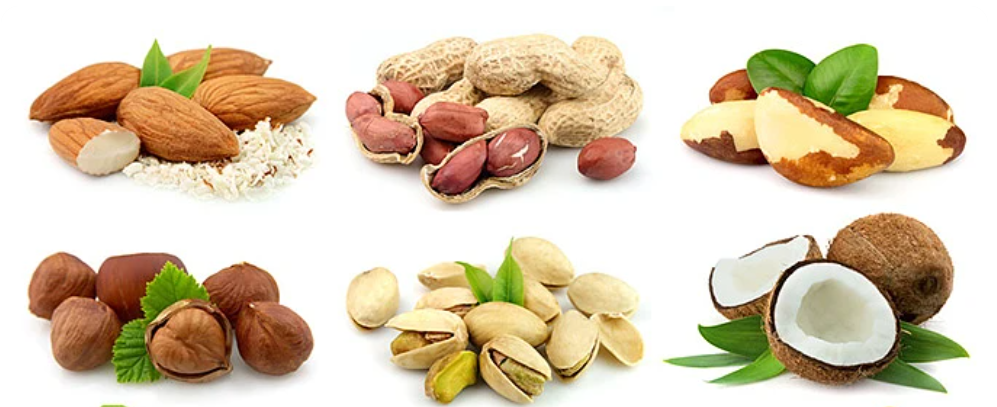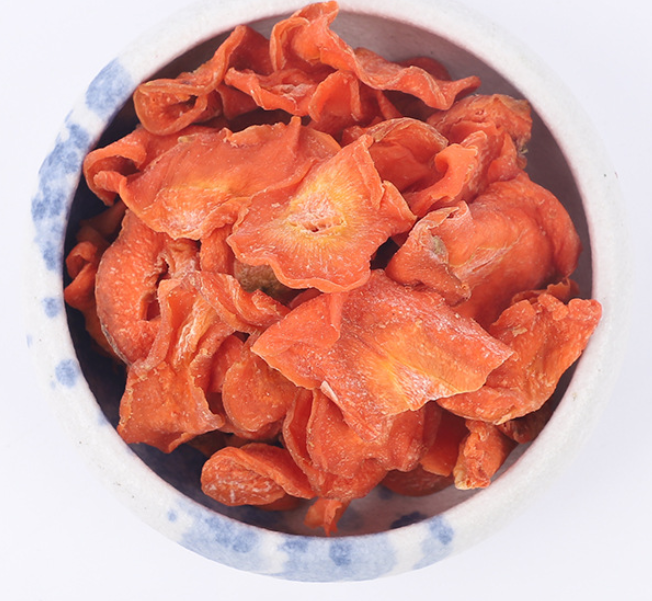Table of Contents
Optimizing Energy Efficiency in Fish Dryer Factories: Best Practices and Technologies
Optimizing Energy Efficiency in Fish Dryer Factories: Best Practices and Technologies In the realm of food processing, the drying of fish stands as a crucial step in preserving this highly perishable commodity. Fish dryer factories play a pivotal role in this process, employing various technologies to efficiently remove moisture and extend the shelf life of fish products. However, the energy-intensive nature of drying operations poses challenges in terms of sustainability and cost-effectiveness. To address these challenges, optimizing energy efficiency becomes paramount.
Efficient energy utilization not only reduces operational costs but also contributes to environmental sustainability by minimizing carbon emissions. One of the fundamental strategies in optimizing energy efficiency in fish dryer factories is the adoption of advanced drying technologies. These technologies encompass a spectrum of innovations, ranging from heat pump dryers to solar-assisted drying systems.
Heat pump dryers utilize refrigeration cycles to extract moisture from fish while conserving energy. By recycling heat within the system, heat pump dryers significantly reduce energy consumption compared to conventional drying methods. Moreover, integrating heat recovery systems further enhances efficiency by capturing waste heat for supplementary purposes, such as preheating air or water.
Solar-assisted drying systems harness renewable energy from the sun to drive drying processes. Through solar collectors or photovoltaic panels, these systems generate heat or electricity to power drying operations. By tapping into abundant solar resources, fish dryer factories can minimize reliance on fossil fuels, thereby reducing greenhouse gas emissions and operating costs.
Furthermore, optimizing energy efficiency extends beyond technology adoption to encompass operational practices and maintenance protocols. Proper equipment sizing, load management, and scheduling are pivotal in maximizing energy utilization and minimizing waste. Regular maintenance and calibration of drying equipment ensure optimal performance and prevent energy losses due to inefficiencies or malfunctions.
In addition to technological and operational optimizations, strategic facility design plays a crucial role in energy efficiency. Well-designed ventilation systems facilitate airflow and heat distribution, minimizing energy requirements for drying while maintaining product quality. Insulation measures and air sealing further mitigate heat loss, enhancing overall energy efficiency throughout the facility.
Moreover, leveraging data-driven approaches such as process monitoring and control systems enables real-time optimization of energy usage. By monitoring key parameters such as temperature, humidity, and energy consumption, operators can fine-tune drying processes for maximum efficiency and product quality. Additionally, implementing energy management systems facilitates continuous improvement efforts by identifying energy-saving opportunities and tracking performance metrics.
In the realm of food processing, the drying of fish stands as a crucial step in preserving this highly perishable commodity. Fish dryer factories play a pivotal role in this process, employing various technologies to efficiently remove moisture and extend the shelf life of fish products. However, the energy-intensive nature of drying operations poses challenges in terms of sustainability and cost-effectiveness. To address these challenges, optimizing energy efficiency becomes paramount.
Efficient energy utilization not only reduces operational costs but also contributes to environmental sustainability by minimizing carbon emissions. One of the fundamental strategies in optimizing energy efficiency in fish dryer factories is the adoption of advanced drying technologies. These technologies encompass a spectrum of innovations, ranging from heat pump dryers to solar-assisted drying systems.
Heat pump dryers utilize refrigeration cycles to extract moisture from fish while conserving energy. By recycling heat within the system, heat pump dryers significantly reduce energy consumption compared to conventional drying methods. Moreover, integrating heat recovery systems further enhances efficiency by capturing waste heat for supplementary purposes, such as preheating air or water.
Solar-assisted drying systems harness renewable energy from the sun to drive drying processes. Through solar collectors or photovoltaic panels, these systems generate heat or electricity to power drying operations. By tapping into abundant solar resources, fish dryer factories can minimize reliance on fossil fuels, thereby reducing greenhouse gas emissions and operating costs.
Furthermore, optimizing energy efficiency extends beyond technology adoption to encompass operational practices and maintenance protocols. Proper equipment sizing, load management, and scheduling are pivotal in maximizing energy utilization and minimizing waste. Regular maintenance and calibration of drying equipment ensure optimal performance and prevent energy losses due to inefficiencies or malfunctions.
In addition to technological and operational optimizations, strategic facility design plays a crucial role in energy efficiency. Well-designed ventilation systems facilitate airflow and heat distribution, minimizing energy requirements for drying while maintaining product quality. Insulation measures and air sealing further mitigate heat loss, enhancing overall energy efficiency throughout the facility.
Moreover, leveraging data-driven approaches such as process monitoring and control systems enables real-time optimization of energy usage. By monitoring key parameters such as temperature, humidity, and energy consumption, operators can fine-tune drying processes for maximum efficiency and product quality. Additionally, implementing energy management systems facilitates continuous improvement efforts by identifying energy-saving opportunities and tracking performance metrics.
 Transitioning towards a more energy-efficient paradigm in fish dryer factories requires a multifaceted approach, encompassing technological innovations, operational strategies, and facility design considerations. While upfront investments may be required, the long-term benefits in terms of cost savings, environmental sustainability, and operational resilience far outweigh the initial costs.
In conclusion, optimizing energy efficiency in fish dryer factories is imperative for sustainable and cost-effective fish processing operations. By embracing advanced drying technologies, implementing efficient operational practices, and designing energy-smart facilities, fish dryer factories can minimize energy consumption, reduce environmental impact, and enhance overall competitiveness in the global marketplace. Through concerted efforts towards energy optimization, the fish processing industry can thrive while mitigating its environmental footprint for future generations.
Transitioning towards a more energy-efficient paradigm in fish dryer factories requires a multifaceted approach, encompassing technological innovations, operational strategies, and facility design considerations. While upfront investments may be required, the long-term benefits in terms of cost savings, environmental sustainability, and operational resilience far outweigh the initial costs.
In conclusion, optimizing energy efficiency in fish dryer factories is imperative for sustainable and cost-effective fish processing operations. By embracing advanced drying technologies, implementing efficient operational practices, and designing energy-smart facilities, fish dryer factories can minimize energy consumption, reduce environmental impact, and enhance overall competitiveness in the global marketplace. Through concerted efforts towards energy optimization, the fish processing industry can thrive while mitigating its environmental footprint for future generations.Ensuring Product Quality and Safety Standards in Fish Dryer Factory Operations
In the realm of food processing, ensuring product quality and safety standards is paramount. This is particularly crucial in industries like fish drying, where maintaining the integrity of the product is not only vital for consumer satisfaction but also for health and safety reasons. A fish dryer factory, therefore, plays a pivotal role in upholding these standards throughout its operations. From the moment fish arrive at the factory to the point they are packaged and shipped, stringent measures must be in place to preserve their quality and safety. The process begins with the inspection of incoming fish, where trained personnel carefully examine each batch for freshness and signs of contamination. Any fish that do not meet the required standards are promptly discarded to prevent compromising the overall quality of the product. Once the fish pass inspection, they are prepared for the drying process. This typically involves cleaning and gutting the fish to remove any impurities that could affect the final product. Additionally, specific species may require different handling procedures to optimize drying efficiency and quality. For example, oily fish like mackerel may need to undergo additional steps to reduce the risk of rancidity during drying. Transitional phrases help guide the reader through these intricate processes, highlighting the importance of each step in maintaining product quality. Moving from inspection to preparation, the narrative seamlessly transitions to the drying phase, where state-of-the-art equipment is employed to achieve optimal results. In a fish dryer factory, temperature and humidity control are critical factors in ensuring uniform drying and preventing the growth of harmful bacteria. Sophisticated drying chambers equipped with precise monitoring systems allow operators to adjust conditions as needed, thereby minimizing the risk of spoilage and contamination. Throughout the drying process, constant monitoring is essential to track the progress of the fish and make any necessary adjustments. This includes regular checks for moisture content, texture, and appearance to ensure that the final product meets the desired specifications. Once the fish are fully dried, they undergo a final inspection to assess their quality and readiness for packaging. This involves visual inspection as well as sensory evaluation to detect any abnormalities or off-flavors that may indicate spoilage. Only fish that meet the established criteria are approved for packaging, while any defective or substandard products are discarded. Finally, before the packaged products are shipped out, they undergo one last round of quality control to verify that they meet all regulatory requirements and industry standards. This comprehensive approach to quality assurance ensures that consumers receive fish products of the highest caliber, free from defects and contaminants.
In conclusion, ensuring product quality and safety standards in a fish dryer factory requires a multifaceted approach that encompasses every stage of the production process. From inspection and preparation to drying, packaging, and final inspection, each step is meticulously executed to uphold the integrity of the product and safeguard consumer health. By adhering to stringent quality control measures and utilizing advanced technologies, fish dryer factories can continue to deliver premium products that meet the highest standards of excellence.
Finally, before the packaged products are shipped out, they undergo one last round of quality control to verify that they meet all regulatory requirements and industry standards. This comprehensive approach to quality assurance ensures that consumers receive fish products of the highest caliber, free from defects and contaminants.
In conclusion, ensuring product quality and safety standards in a fish dryer factory requires a multifaceted approach that encompasses every stage of the production process. From inspection and preparation to drying, packaging, and final inspection, each step is meticulously executed to uphold the integrity of the product and safeguard consumer health. By adhering to stringent quality control measures and utilizing advanced technologies, fish dryer factories can continue to deliver premium products that meet the highest standards of excellence.

